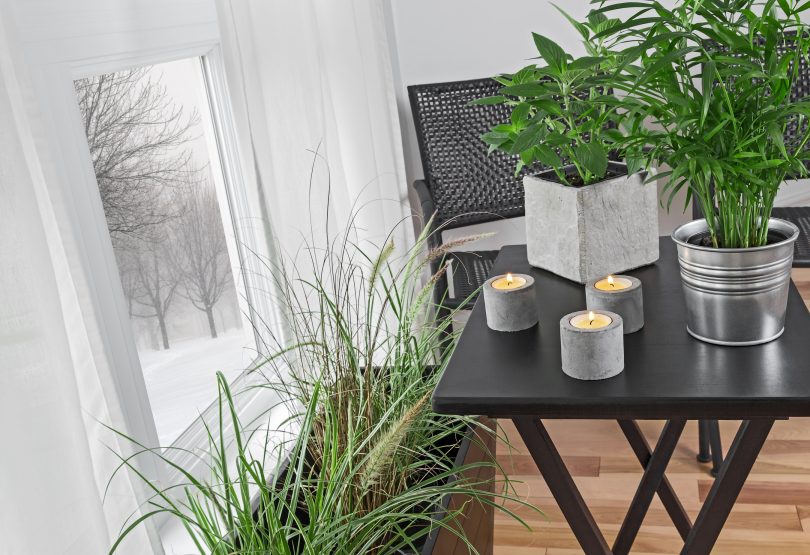Gardeners (and wanna-be gardeners!) of the world, take heart: moving into a new home in the cooler fall months doesn’t mean you’ve missed out on all the planting fun. There’s plenty to be done to prepare for next season, and unless you live in the far, far north where you’re already seeing consistent hard frosts or even snow, you can still grow in a greenhouse or with covered beds! Here are some tips to get you excited for bundling up and gardening in the colder months.
Set up some insulation for your new garden
Even the hardiest plants have a difficult time with hard frosts or deep freezes that freeze the ground – especially if there is no insulating layer of snow. So before the snow flies, here are some options:
- Build a greenhouse! This is the most time- and resource-intensive approach, but will give you the opportunity to grow year-round. Make sure you choose a location that gets plenty of sun in the winter (when the sun is at a different angle than summertime) and include vents for sunny winter days that could overheat your garden.
- If you live in a slightly warmer climate and don’t have grand visions of large-scale winter gardening, a hoop house might suffice. This structure still insulates your garden from hard frost, but not as much as a full greenhouse might. Hoop houses are also generally not suited to withstand heavy snow loads, so they are not ideal for snowier climates.
- If you live in a warm climate like the high desert where nighttime temperatures are the main concern, consider using movable cold frames to protect your plants just during the night. Be sure to remove them once the sun rises or you could risk overheating your plants. They will also protect your precious leaves from grazing animals!
- Insulate the ground with a thick layer of leaves or straw to allow the earth’s heat to stay trapped in the soil. This is ideal if you’ve already started hearty plants like kale, spinach, leeks, or arugula since you can harvest leaves while it continues to grow – albeit slowly- through the winter months.
What to plant
You already know you can’t just plant any vegetable you want, and the best guide is going to be getting to know your local climate and what varieties do well growing there. But in the meantime, here are some suggestions!
- Hearty greens like spinach, kale (especially thick-leaved Dinosaur Kale), Swiss Chard, arugula, and mustard greens
- Cruciferous vegetables like broccoli, cauliflower, and cabbage grow well if you can give them a good start to establish roots
- Onions, shallots, garlic, and leeks love being started in the winter and will emerge in the spring
- Planting some carrot and broad bean varieties in the autumn can mean an early crop in the spring if grown in a protected greenhouse or hoop house
- Winter salads can be grown in container gardens, making them an easy addition to any greenhouse or, if you have space, an indoor garden
How to care for your garden in the cold
Keep in mind that your plants’ cellular structure is most vulnerable when it’s cold. Avoid harvesting or watering your vegetables first thing in the morning or right before it gets dark, as they’ll need to protect themselves from the onset of the cold.
Gardening in your apartment? No stress! Check out our tips for creating a terrace garden in just one week.
Best of luck with your winter gardening adventures- and don’t forget to let Unpakt help make your move seamless and smooth by hiring affordable, professional moving services to get you there.








